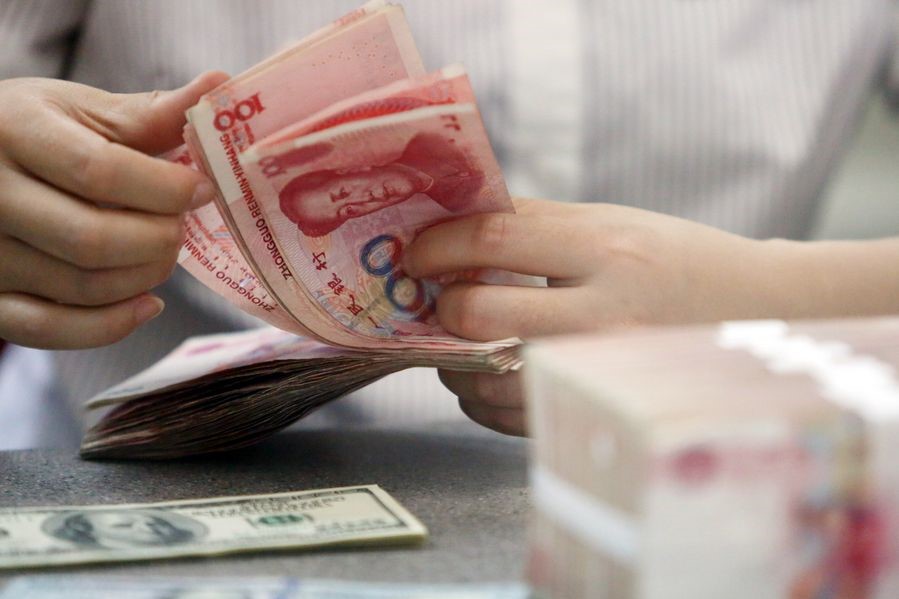Stimulus package this time may prove different


The recent news conference of the National Development and Reform Commission affirmed that the Chinese government remains committed to achieving 5 percent growth this year, provide more financial support for low-income and vulnerable groups, and ensure policy continuity between 2024 and 2025.
Expecting the likely timing of a fiscal stimulus announcement to be in mid-to-late October, I took a closer look at China's current stimulus packages, comparing the one announced last week with those implemented in the past and analyzed why China's stimulus this time could be different.
China's latest stimulus package represents a clear break from the past, signaling a more determined and potentially effective approach.
While early market reactions have been positive, sustained momentum hinges on swift implementation of announced measures and delivering on the highly anticipated fiscal stimulus. Ultimately, success will depend on its ability to facilitate a rebound in domestic demand and a turnaround in the property sector.
How is the latest stimulus package different from those announced in the past?
Deutsche Bank Research sees three key reasons why China's stimulus this time could be different from the previous ones. This stimulus package is different because of its comprehensive scale and good timing; strategic focus on reviving market sentiment by supporting asset prices; and clear commitment to further action if needed.
The sheer scale of the stimulus package matters. Based on what has been announced and/or reported by the media, we estimate the total size of the stimulus could potentially exceed 5 trillion yuan ($705.52 billion), much larger than what the government did in the past few rounds of policy support over the past two years.
Critically, China's stimulus is aligned with the US Federal Reserve's recent shift toward an easing cycle. This alignment is crucial, allowing China's stimulus to take root without triggering financial destabilization. This supportive global backdrop wasn't present during the previous efforts, highlighting a key difference this time around.
A major challenge for China's economy in recent years has been the deeply entrenched negative sentiment. To break the loop, the government is trying to boost asset prices at the same time with the stimulus.
Perhaps the most significant shift is the willingness of the People's Bank of China to accept riskier assets, such as stocks and stock exchange-traded funds, as collateral for liquidity operations. This unprecedented policy change came as a big surprise to the market when the stimulus package was announced. The initial success is evident in the CSI 300 Index's recent 15.7 percent rally and a surge in trading volume. Sustained market momentum could trigger a positive wealth effect, potentially reversing the downward spiral in sentiment and encouraging consumer spending and business investment.
While not explicitly stated, China's move resonates with a "whatever it takes" commitment to economic recovery. This demonstrates commitment. Given the complex challenges facing China's economy, it is difficult to determine ex-ante the precise scale of stimulus required. As such, the end goals — what the government commits to achieving — are perhaps more important than the specific means already announced.
How does this round of stimulus compare to the past?
According to the Deutsche Bank Research's estimation, the total size of China's fiscal and monetary stimulus could reach 7.5 trillion yuan, or 6 percent of GDP, in 2024, making it potentially the largest in history in nominal terms, and the third largest when measured as a percentage of GDP.
China is poised to implement one of its largest stimulus packages in recent history to support its economy and financial markets, though its success depends on whether it can facilitate a rebound in domestic demand and a turnaround in the property sector.
The author is Deutsche Bank's chief China economist. The views don't necessarily reflect those of China Daily.
If you have a specific expertise, or would like to share your thought about our stories, then send us your writings at opinion@chinadaily.com.cn, and comment@chinadaily.com.cn.

































